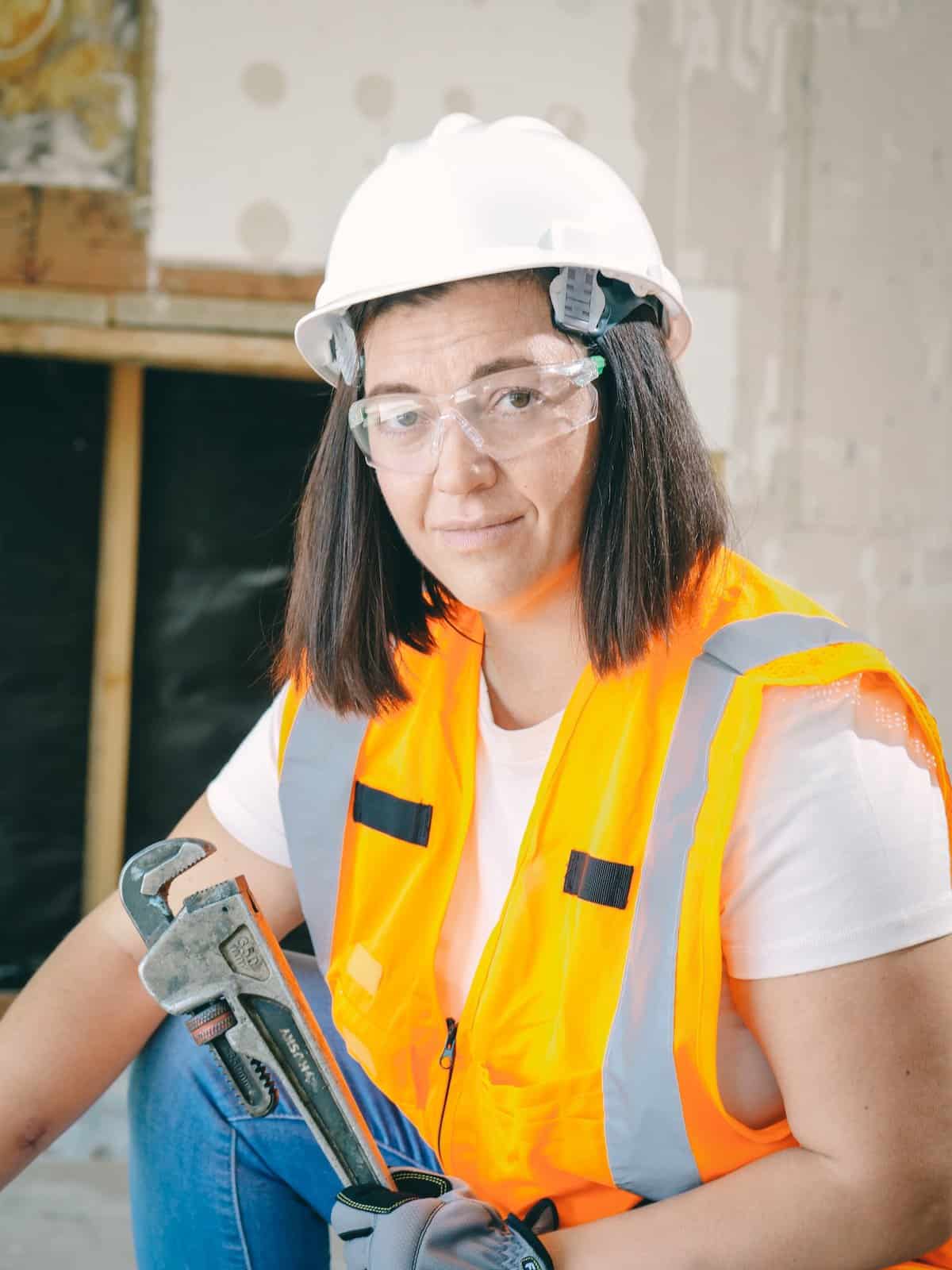Premier Plumber Alabaster AL Ready to Offer You Anytime
Premier Plumber Alabaster AL Ready to Offer You Anytime
Blog Article
A Step-by-Step Overview to Efficient Hot Water Heater Setup for Ideal Efficiency
Getting started on the job of mounting a water heating system is a venture that demands accuracy and a systematic approach for attaining optimal performance. As you proceed, the details of linking water supply lines and establishing up reputable electric or gas connections wait for, promising understandings right into making sure effectiveness and integrity.
Choosing the Right Hot Water Heater

Following, consider the size and capacity of the hot water heater. It's essential to analyze your home's warm water needs, which can differ based upon the number of owners and their usage patterns. An unit that's also tiny may lead to insufficient hot water, while an oversized model might cause unnecessary energy usage.
Performance rankings additionally play a pivotal function in selection. Look for water heating systems with high Energy Factor (EF) scores, suggesting remarkable performance and lowered energy usage. Tankless designs, though commonly a lot more pricey ahead of time, offer substantial energy financial savings in time because of their on-demand heating capabilities.
Preparing the Installment Area
Before installing a new water heating unit, precise preparation of the setup location is necessary. It's important to determine the area carefully to suit the water heating unit's dimensions, guaranteeing sufficient clearance around the system for effective operation and maintenance.
Following, remove any type of debris, dust, or obstructions from the website to produce a clean atmosphere. Inspect the flooring for security, as the water heating unit will certainly require a strong, level surface to operate properly. If essential, install a drip pan under the device to capture possible leakages or spills, protecting against water damage to the surrounding area. In regions vulnerable to seismic activity, think about mounting seismic straps to secure the heating unit strongly in location.
Furthermore, make sure that all needed tools and materials are on hand prior to commencing the setup. This includes products such as wrenches, screwdrivers, a level, and any type of additional hardware needed for protecting the heater and mounting. A well-prepared installation location sets the structure for a successful hot water heater arrangement, enhancing performance and safety.
Connecting Water System Lines
When attaching water system lines to your recently set up water heating unit, it is critical to guarantee that all links are leak-free and safe to preserve effective operation and avoid water damage. Begin by identifying the hot and cold supply of water lines. The cold water inlet is commonly noted with a blue label or a "C", while the hot water electrical outlet is noted with a red tag or an "H".
Usage versatile water heater connectors to assist in a much easier installment procedure. Before connecting the ports, position a plumbing's tape around the threaded ends of the water heating system's inlet and electrical outlet pipes.
As soon as links are in area, slowly transform on the main supply of water valve. Check each link for leaks by visually really feeling and checking for dampness. Tighten links as required, and guarantee the stress safety valve is appropriately installed, protecting versus too much stress accumulation.
Establishing Up Electric or Gas Connections
Correctly setting up the electric or gas links for your water heating unit is an essential action to ensure reliable and safe procedure. For electric water heating units, start by confirming that the electrical circuit is suitable with the heating system's voltage and amperage requirements.
For gas water heaters, safety and security is paramount. Confirm that the gas supply is off prior to continuing. Link the gas line to the hot water heater using a versatile gas adapter, ensuring it is correctly threaded and sealed with pipeline joint substance or Teflon tape appropriate for gas connections. Tighten up the connections with a wrench, making sure not to over-tighten (Plumbing Services Alabaster AL).
When connections are made, examine for any prospective leakages. For gas lines, use a soapy water option to the joints; bubbles suggest a leakage. For electric links, confirm that all circuitry is safe and secure and effectively insulated, maintaining conformity with neighborhood electrical codes.
Changing and testing for Performance
With the electrical and gas links safely in find here area, the following action is examining the functional performance of your water heater. Begin by thoroughly transforming on the water supply and guaranteeing there are no leaks at any of the valves or joints.
Following, perform an view extensive examination to make certain the home heating components or gas heaters are operating appropriately. For electrical heating units, utilize a multimeter to verify if the elements are attracting the ideal current. In gas designs, observe the heater fire; it ought to be steady and blue, showing reliable combustion.
Change the settings as necessary to remove inefficiencies. Take into consideration executing insulation steps, such as including a hot water heater blanket, to additionally improve performance by minimizing warmth loss. Additionally, inspect the anode pole's condition, as a deteriorated pole can reduce effectiveness and cause storage tank corrosion.
Final Thought
Effective water heating unit setup is critical for guaranteeing ideal efficiency and power cost savings. Safely attaching water supply lines and thoroughly establishing up electric or gas links reduce possible problems.

Properly establishing up the click now electric or gas links for your water heating system is a vital step to make sure safe and efficient operation. For electric water heating units, begin by verifying that the electric circuit is suitable with the heater's voltage and amperage demands. Attach the gas line to the water heating system using a versatile gas port, ensuring it is appropriately threaded and secured with pipe joint substance or Teflon tape appropriate for gas connections.
Report this page